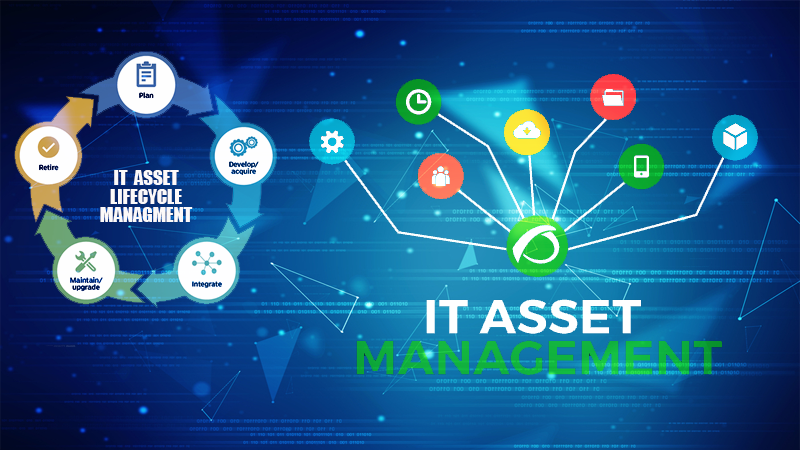Summary: In this Article, you’ll get to read about —
Until recently, the process of asset management took a back seat in many IT departments. But with the cyber security risk increasing by the day, IT risk management policies have become essential to any organization’s cyber security efforts.
If you are planning to draft an asset management policy to protect what you have, you will first need to conduct an inventory of your stuff and then figure out the best way to manage each item. After all, that is basically what an IT asset management policy does.
Here’s everything you need to know about drafting an asset management policy.
But First, What is Asset Management
IT asset management is a set of organizational practices that provide an inventory of the hardware and software in an organization or business. The inventory includes all devices, software licenses, Internet Of Things (IoT)-connected devices and sensors, and cyber-enabled assets.
Having an updated and accurate IT inventory is critical in that it helps in creating informed decisions. For example, a reliable asset management policy should allow an organization to identify duplicate, unused, or stolen devices and software and make decisions based on the gathered information.
Drafting an IT Asset Management Policy for Your Business
There are several things to consider when creating an IT asset management policy for any business. However, there may be variations between organizations, and the factors to consider when creating an IT asset management policy are essentially the same.
Gathering Asset Information
Before creating a strategic plan for your IT assets, the first step will be gathering information about the assets you intend to manage. Information gathering should also include how each asset benefits the company, the asset’s value for the entire time it will be in use, and its effectiveness.
Decide on What Assets You Need to Prioritize
After gathering information about your organization’s assets and evaluating their usefulness in your organization, the next step should be prioritizing them. When prioritizing, you may want to create different categories of your assets based on their use or condition.
For example, you could have an item that is quite important but needs replacement. You will need to have a category for such. It could also be an asset that is no longer useful or used minimally; such should also be in their category.
Create a Strategy for Each Category or Asset
After categorizing your assets based on priority, the next step would be creating a strategic plan for a category or specific assets. For example, if an asset is rarely used but needs replacement, you may need to decide on what action will offer more value.
For instance, if it is a printer that you rarely use but is broken down, you could choose to outsource printing services, have the printer repaired, or replace it.
Actualization
After creating a strategy, the next step would be its actualization. But before that, you will still need to make other considerations such as:
- Creating a plan for the acquisition: The acquisition phase involves money, so you will have to develop a plan for funding your strategy.
- Plan asset operations: Asset operations involve planning on how the asset will be used in an organization after acquisition and can include maintenance costs and user training costs if necessary.
- Disposal strategy: There is no need to hold on to assets you no longer need. So you need to create a disposal plan that can include selling them.
Incorporating Technology Can Help a Big Deal
As your business scales, so do your assets, and honestly, keeping tabs on all your assets can become extremely challenging. But that is only true if you are trying to do it manually. The better option would be investing in an IT asset management tool. An excellent example of an IT asset management tool would be Solarwind’s IT asset management software which makes it easy to manage the life cycle of each IT asset and collect data in a centralized location for easier management.



